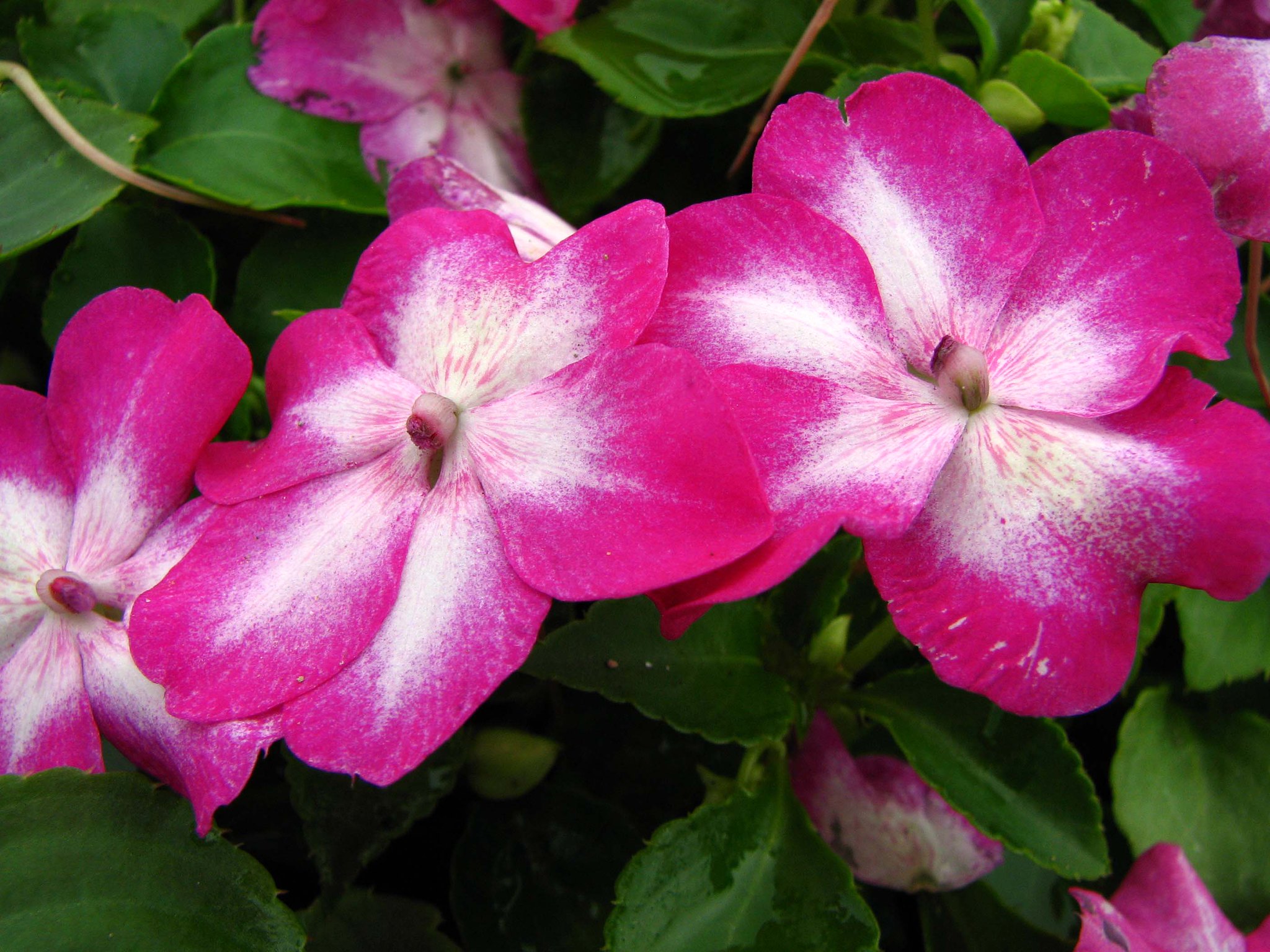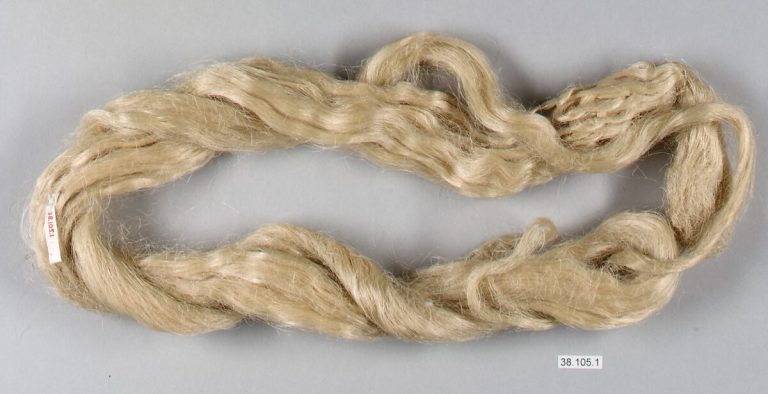To make the most of your growing season, save a bundle on plant material, and — most importantly — get your green thumb warmed up for a productive year, consider sowing seeds indoors.
If you’re anything like me, winter seems to drag on forever and you can hardly wait to see little sprouts popping up. With a few packs of seeds and some good potting soil, you won’t have to wait much longer. Whether it’s flowers or food you aim to grow, there are dozens of seedlings that want to get started in February. In fact, it’s already borderline-late for sowing onions in New Jersey, so let’s get started now!

Sowing seeds itself doesn’t require much room — just enough for a few small pots on a sunny window sill; but once they sprout, you will want to give them proper spacing. Depending on how many plants you want to grow, and your lighting situation, you might want to invest in a rack and some grow lights; but many of us can make do with window space. The first thing you’ll need to think about is seeds:
Early-sown vegetable crops include, as I mentioned earlier, onions, and their close relative leeks. Many members of the cabbage family — such as cabbage (duh), collards, kale, kohlrabi and mustard — benefit from an early indoor start. Celery, celeriac and parsley — notoriously slow growers of the carrot family (Apiaceae) — need a good long runway to take off. Peas and spinach are cool season crops which will be done before they get started if you wait too long.

Some of our most popular and beautiful flowers also like an early start. Asclepia (butterfly weed), Helianthus (sunflowers), hollyhocks, Lisianthus (prairie gentian), lupine, petunia, Rudbeckia (black-eyed Susans), salvia, verbena, pansy and yarrow are among the many flower seeds that can be sown in February.
Success
You are now signed up for our newsletter
Success
Check your email to complete sign up
Once you’ve made your selection, you can take a trip to your local garden center for seeds. While you’re at it, pick up some organic potting soil — that is, unless you have followed my previous advice and made your own, small pots in the same quantity as the different seeds you will be sowing, and cell flats to cover the number of individual plants you aim to produce.
If you are especially environmentally-minded, you can repurpose all sorts of containers for this project. Pint-size plastic containers are perfect starting pots, as long as you punch holes in the bottom for drainage; and egg cartons — or even empty eggshells — make good cells for individual seedlings.

The following guidelines are based on a middling hardiness for New Jersey — Zone 7. Here we have a last expected frost date around April 24. Depending on your hardiness zone, you can shift the dates back or forward by a week or two. The zone numbers go up as they enter warmer areas. Accordingly, lower number zones have later sowing dates.
RECOMMENDED INDOOR SOWING DATES FOR ZONE 7
| Vegetable | Best sow dates | Earliest planting out date |
|---|---|---|
| Leeks/Onions | ASAP (early February) | April 10 |
| Parsley | ASAP (early February) | April 3 |
| Spinach | Feb. 1 – March 6 | March 13 |
| Celery/Celeriac | Feb. 6 – 20 | May 1 |
| Cabbage | Feb. 13 – 27 | March 27 |
| Collards | Feb. 13 – 27 | March 27 |
| Kale | Feb. 13 – 27 | March 27 |
| Mustard | Feb. 13 – 27 | March 27 |
| Lettuce | Feb. 20 – March 6 | March 27 |
| Broccoli | Feb. 27 – March 13 | April 10 |
| Swiss Chard | Feb. 27 – March 13 | April 10 |
| Flower | Best sow dates | Earliest planting out date |
|---|---|---|
| Delphinium | ASAP (early February) | April 24 |
| Viola (pansy) | ASAP (early February) | April 24 |
| Asclepias | Feb. 1 – Feb. 13 | April 24 |
| Verbena | Feb. 1 – Feb. 27 | April 24 |
| Helianthus | Feb. 13 – 27 | April 24 |
| Lupine | Feb. 13 – 27 | April 10 |
| Petunia | Feb. 13 – 27 | April 24 |
| Rudbeckia | Feb. 13 – 27 | April 24 |
| Salvia | Feb. 13 – 27 | April 24 |
| Snapdragon | Feb. 13 – 27 | April 24 |
| Yarrow | Feb. 13 – 27 | April 10 |
| Impatiens | Feb. 20 – March 13 | May 1 |
| Larkspur | Feb. 20 – March 13 | April 24 |
| Aster | Feb. 27 – March 13 | April 24 |
| Calendula | Feb. 27 – March 13 | April 24 |
| Monarda | Feb. 27 – March 13 | April 24 |
| Phlox | Feb. 27 – March 13 | April 10 |
Getting started
Sowing seeds couldn’t be much simpler. I like to start a pinch of seed for each different type of plant in a separate, small pot, and then carefully move the seedlings into flats shortly after they emerge. This way, you minimize the amount of time you have your house littered with big trays of soil, plus you eliminate the risk of having large areas with no germination in your flats. Be sure to label each pot!
Instructions are usually on the back of the packet, but as a general rule, the seeds should be covered to a depth twice their width, or diameter. Some seeds — such as lettuce and petunias — require light to germinate. These, along with very tiny seeds, can just be sprinkled and patted gently into the soil mix. Others can be dropped into holes made with a pencil, or simply covered with the appropriate depth of soil.

Place the small pots together in a tray near a sunny window. If your house is very dry in the winter, consider covering them with a sheet of plastic. Otherwise, be sure to water lightly at the first sign of dry soil. Remove the plastic after germination to prevent fungal infections like “damping off.”
When you start to see germination, prepare a flat with the same soil mix. Wait until the seedlings have completely emerged to transfer them — one per cell — where they will have room to grow the roots they will need for planting out in the spring.

Premoisten the soil in the cell tray and create holes for the roots before transferring the seedlings. Use a small digger — like a butter knife — to loosen the soil, and gently pull each seedling out by the stem, using care not to damage the root. Press the soil around the root to fill in the hole. Since you might end up with several different kinds of seedlings per flat, don’t forget to label the rows.
NOTE: If you are a beginner gardener, you may want to familiarize yourself with seedling identification. There is always a possibility of stray weed seeds in any soil mix, so you don’t want to be pampering the wrong plant!
Planting out
By sowing on the recommended dates, your young plants should be ready for the earliest possible planting, which could add weeks to your growing season. To prepare your plants for the big transition, you will want to “harden them off.” Starting about a week before your intended transplant date, set your plants out in the sun for increasingly longer periods each day, bringing them back indoors each time. This helps the plants adjust to the brighter light and cooler temperatures to reduce the risk of sunburn and shock, which would slow their growth.
Another thing to consider is that many seeds will do just as well if you start them outdoors. They will emerge when the conditions are just right; and not having to deal with transplant issues or transitioning gives them a certain advantage. So if you are short on space for flats, I would certainly consider direct-sowing some select seeds right about now. Parsley, lettuce, kale, spinach, calendula and larkspur are all good candidates, and protecting the bed with a row cover will give them a head start similar to starting them indoors.
Also, since weather is not always predictable, be prepared for unexpected events. If it looks like a full week of fair weather before your designated planting-out date, feel free to reschedule for your convenience. If, on the other hand, an untimely cold snap approaches after you have set things out, be ready to protect them. In most cases, an upside down pot over the seedlings is enough to protect from a light, overnight frost. To be absolutely safe, you can add a blanket as well.
Putting in the Seed
Robert Frost – 1874-1963
You come to fetch me from my work to-night
When supper’s on the table, and we’ll see
If I can leave off burying the white
Soft petals fallen from the apple tree.
(Soft petals, yes, but not so barren quite,
Mingled with these, smooth bean and wrinkled pea;)
And go along with you ere you lose sight
Of what you came for and become like me,
Slave to a springtime passion for the earth.
How Love burns through the Putting in the Seed
On through the watching for that early birth
When, just as the soil tarnishes with weed,
The sturdy seedling with arched body comes
Shouldering its way and shedding the earth crumbs.













